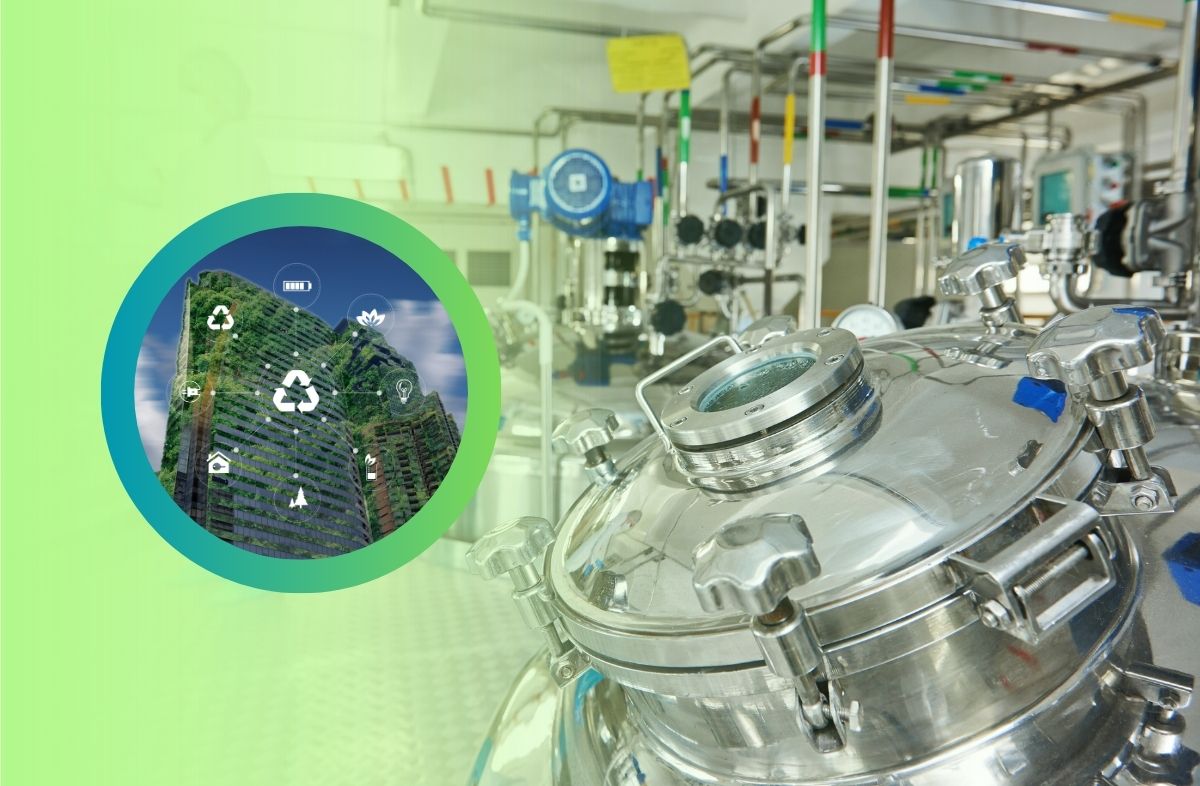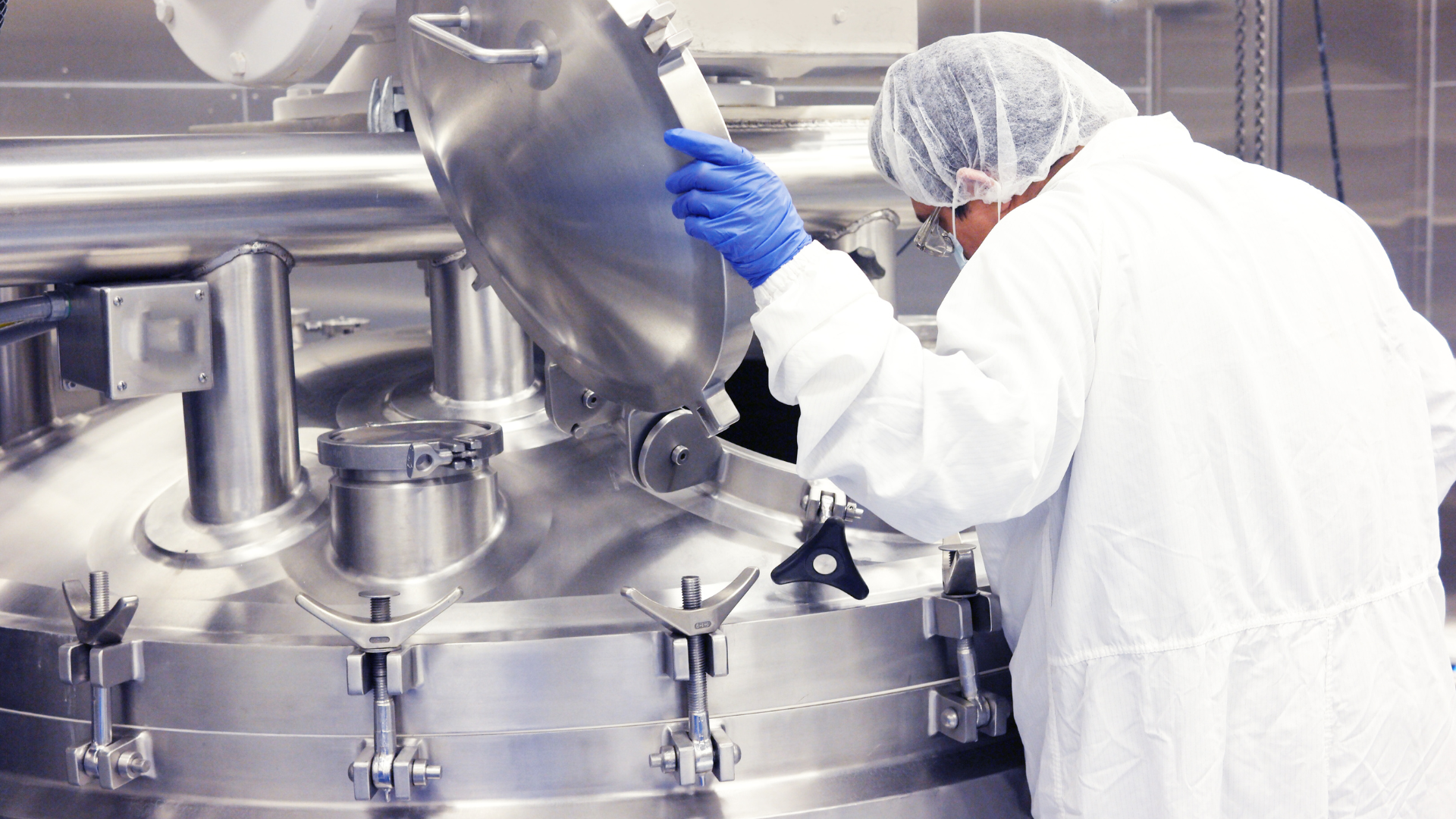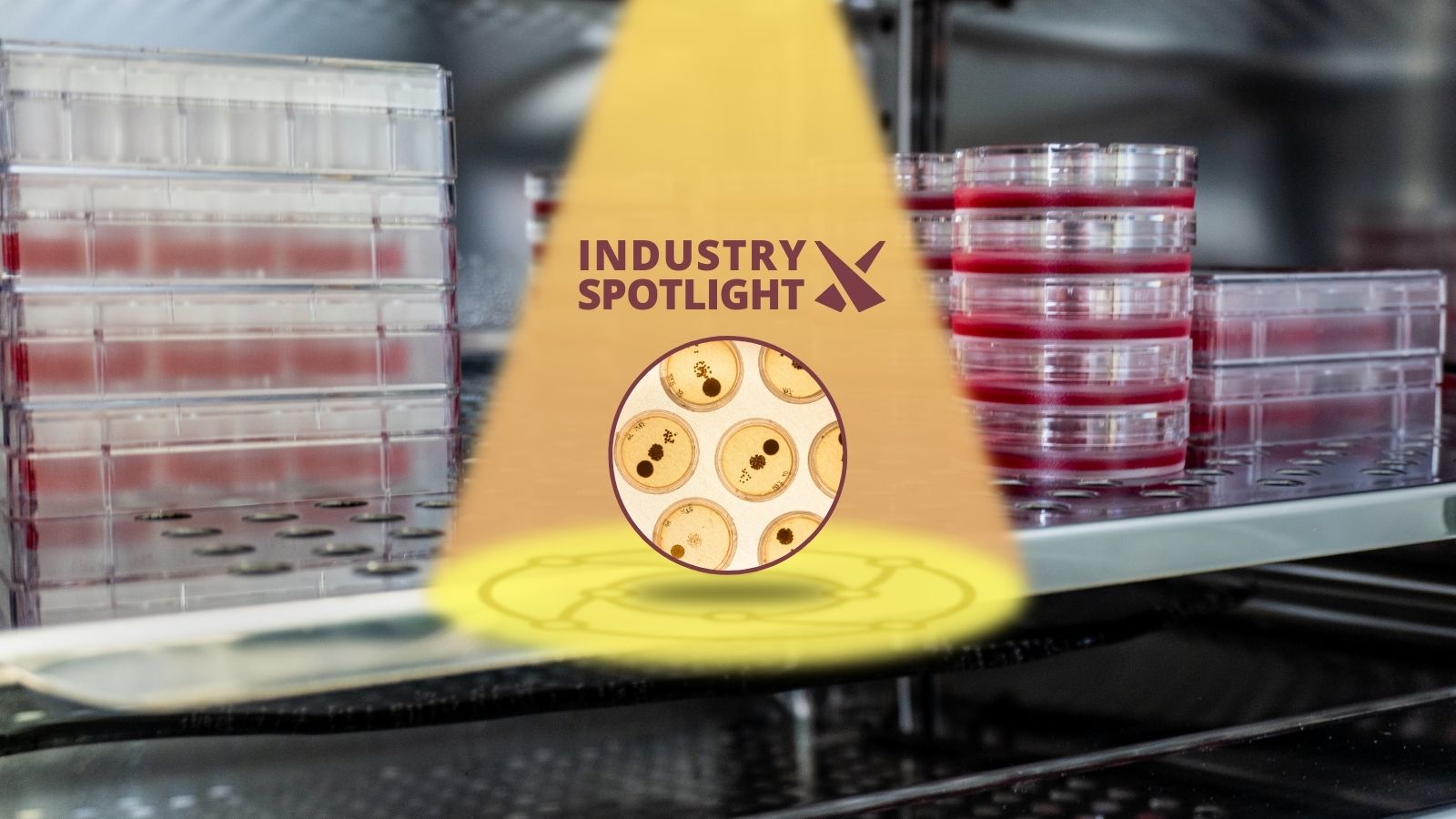Sustainability in Cell Therapy Manufacture: Improving Process Efficiency for Cell Line Development

Improving process efficiency is a core focus in cell therapy manufacture, and for good reason. Optimising for higher yields with lower energy usage reduces cost and improves output. It also has another benefit: it can be more environmentally friendly with consideration to carbon footprint. An increased uptake of single use technologies (SUT) in the manufacturing of cell therapies and other biological products has led to studies reviewing the manufacturing process for ways its environmental impact could be lessened.
An unexpected finding here was that the contribution to environmental footprint from plastic SUT was surprisingly small. More broadly, operational changes to increase process efficiency and decrease time in plants are among the best strategies for reducing the life cycle and environmental impact associated with cell therapy manufacture. This finding was explored at Cell UK 2022 with a view to applying this knowledge to future projects.
Efficiency and Sustainability in Cell Therapy Manufacture
One major focus in the field of late has been ‘SUT versus stainless steel'. As explained in a presentation on manufacturing and sustainability by Dr Ben Weil, Head of GMP Bioprocess Engineering at the Centre for Cell, Gene and Tissue Therapeutics, solid waste from the manufacture of therapeutics can take many hundreds of years to fully decompose. “The alternative is the stainless steel semi-reusable route,” said Weil. “The obvious issues there are with the cleaning in place, and the harsh chemicals in demand with that as well.”
Weil works at the NHS's Centre for Cell, Gene, and Tissue Therapeutics. “We were the first GMP-established lab in the UK for cell therapies,” said Weil. “We have ten cleanrooms, with half of them being split into grade-D labs for closed processes and with a grade-B lab with an open environment for open processing and two dedicated GM Iabs.” He emphasised the importance of life cycle analysis for any company considering increasing their process efficiency and sustainability, urging biotechs to think about their material uses and the end of life of their process components.
In this context, a central focus at present is ‘circular economy' – focusing on material reuse and whether the materials involved in manufacturing can be recycled or reused. Applying pressure to the end suppliers could help to reshape the supply chains associated, emphasising good practice through sustainable energy usage.
Improving Bioreactor Process Efficiency
Weil discussed some work he previously undertook for INmune Bio, looking at the advantages that come with a move from open cell culture systems to closed, scalable bioreactors. “You're not buying individual equipment for each batch,” said Weil. “There's a reduction in plastic and an improvement in operational efficiency.” A bespoke solution to temperature control – a crucial focus for any aspect of production concerning bioreactors – came in the form of custom silicon heating pads for XPN50 and XPN200. These heating pads scale from based on the bioreactor surface area.
“We had a temperature probe between the heating mat itself and the bioreactor,” said Weil of the approach he used. “What we can see is that we get a nice stable increase up to our temperature of 36oC.” The heating elements themselves sat between 40 and 45oC. Peak temperature and consistent temperature in production are both central to manufacture. Here, warmup was achieved in less than 12 hours, with no differential between the cell itself and the plastic.
After a successful run of large-scale mesenchymal stromal cell (MSC) expansion in Xpansion system with a heat mat, the process was repeated for validation. “It's very comparable between the flasks and the bioreactor itself, and it's comparable between the bioreactor with the heating jacket and the traditional incubator,” said Weil. Broadly, SUTs across a life cycle analysis are much more sustainable and environmentally friendly than traditional stainless steel.
“To summarise, looking at the whole life cycle analysis is very important in terms of looking at snapshots,” explained Weil to round off. He emphasised the importance of looking at sustainability in bioprocess design as part of improving process efficiency, stressing that one accompanies the other. “It builds in value across both elements – they shouldn't be mutually exclusive.” Making the manufacturing process more efficient in terms of cost and energy can also mean making it more sustainable.
Optimisation Approaches for Lentiviral Vector Manufacture
Why is it important to optimise manufacturing accordingly? It can massively improve yield efficiency for the production of therapeutics such as lentiviral vectors – vehicles for delivering genetic material into both dividing and non-dividing cells. A team of scientists at GSK have been working with third generation lentiviral vector transfer systems to develop an overview of how the gene delivery system functions alongside lentiviral vectors.
- CAR T-REX Aims to Bolster Anti-Tumoural Immune Response
- Expert Tips on Integrating Digitalisation with Cell and Gene Manufacturing
- Key Considerations for Stateside Biotechs Looking to the UK and Europe
Currently, the industry has been using transient transfection systems to produce lentiviral vectors. These work well for producing small batches in early trials, but for larger commissions developers need to invest their time in stable cell lines. The transient transfection is mainly a serum culture, which makes it difficult to scale up after a certain point. There may also be some bench to bench variability, as depending on how well the transfection of stability components works titre productivity yield may be affected.
The approach taken by GSK facilitates the conflagration of DNA and genetic information into one construct. This system relies on plasmid agents and inducible packaging, with the aim of reducing promoter interference.
The CLD Process for Lentiviral Vector Manufacturing
Besides batch consistency, genetic integrity is a key aspect to consider in lentiviral vector manufacturing. Clonality is integral to the broader success of cell line development, as the impact of genetic changes on vector manufacture leads to something akin to ‘survival of the fittest'. As such, monoclonality should always be accounted for in batch production.
Once the batch of monoclonal cells has been generated, the next step is to grow them to the point a high-throughput function on an assay can be conducted. Hundreds of clones must be screened in this manner as part of the assay, and sometimes cells can clump up, preventing reliable screening. Typically the aim is to count the cells in 20 minutes or less, as after half an hour the batch may experience some adherence of the cell to the plastic, meaning the count needed to be complete before this point.
To achieve a high-throughput outcome, the GSK team adapted the PCR-enhanced assay with transcriptase. By supplying the with a PCR template which is then quantified as a direct measure of titre, issues with adherence could be avoided. Vector production was scaled to 500L stirred tank bioreactors in a GMP facility.
Summary and Future Aims
Weil added that there was a huge amount of work currently being done to support sustainable efforts outside of the cell and gene therapy field, and that many aspects of this work could be utilised within this framework. “I think one of the first things we should look at is how car manufacturing has been doing this for the last 20 years,” he said. Rather than designating a sustainability ‘sector', a better approach would be to build sustainability into every decision made within a workflow and process.
Want to receive the latest industry announcements on cell therapy manufacture and development? Sign up for our Cell series newsletter to get up-to-date news each month. If you'd like to know more about our upcoming Cell UK conference, visit our event website to download an agenda and register your interest in one of the country's leading cell therapy congresses.






